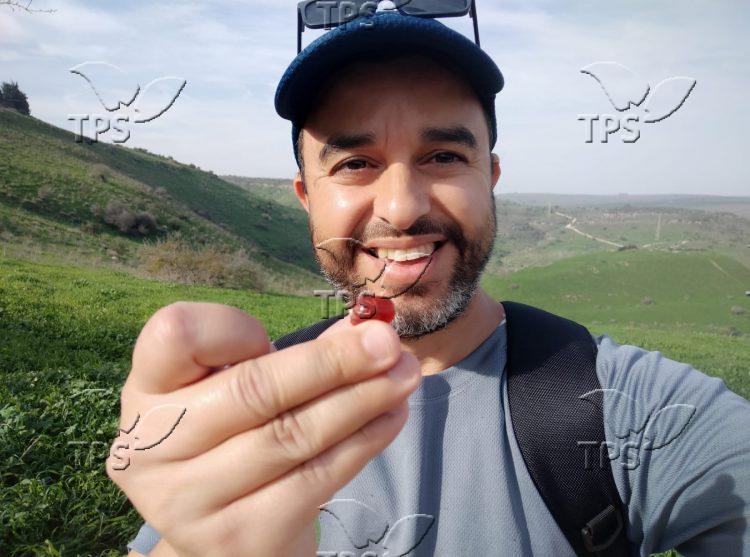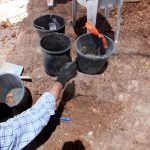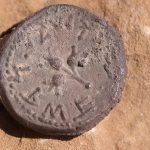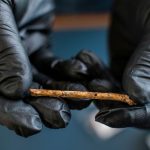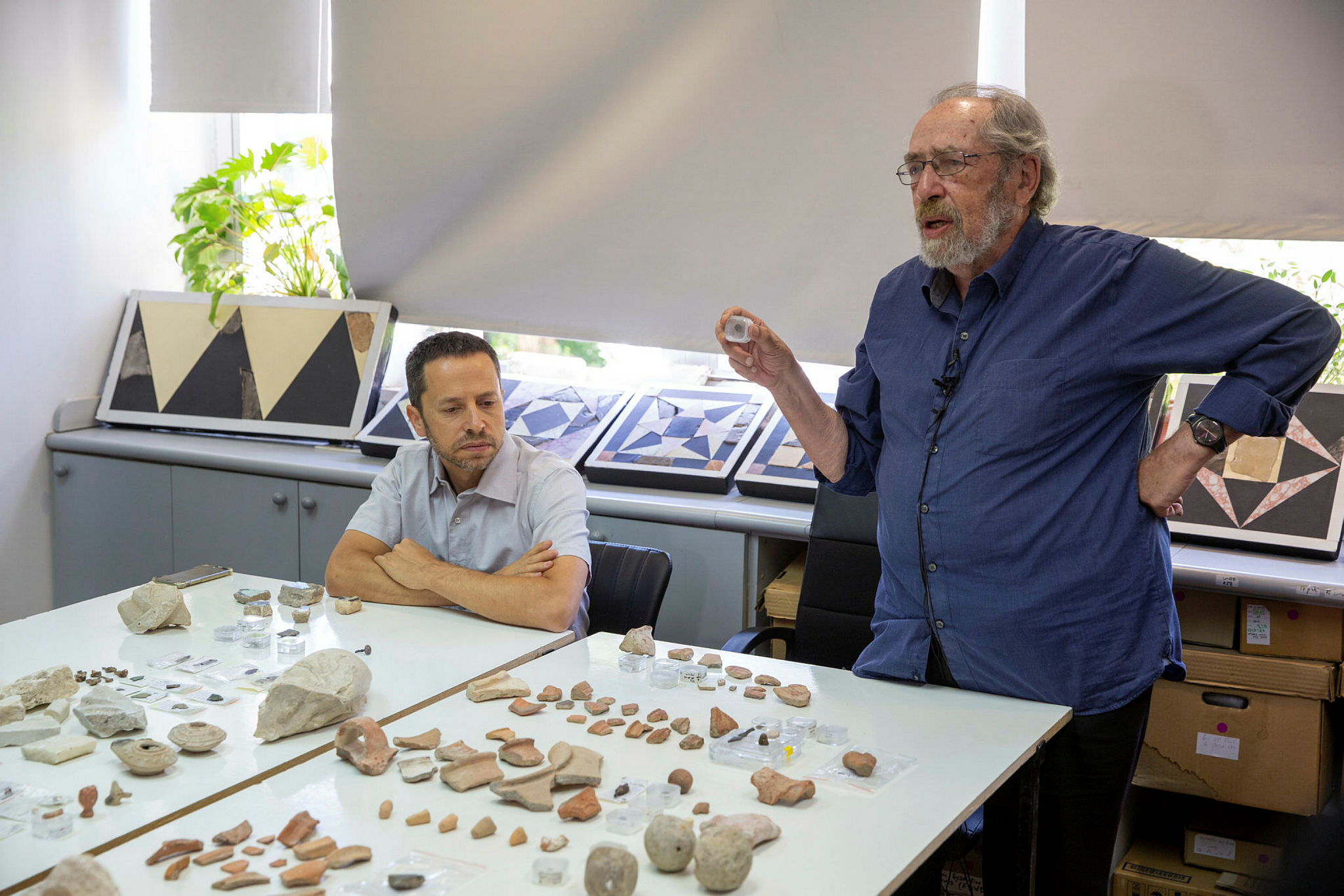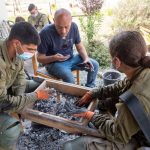Hiker Stumbles Upon 2,800-Year-Old Scarab in Israeli Nature Reserve
Jerusalem, 7 February, 2024 (TPS) -- An Israeli army reservist stumbled upon a 2,800-year-old Assyrian scarab amulet while hiking in northern Israel’s Nahal Tabor Nature Reserve during a day off, the Israel Antiquities Authority announced on Wednesday.
“I received a two-day leave from the reserves and decided to take advantage of the two sunny days for a trip,” said Erez Abrahamov, a 45-year-old resident of Paduel.
“During the trip, I saw something shimmering in the ground. At first, I thought it was a bead or an orange stone. After I picked it up, I noticed that it had engravings that resembled a beetle. I called and reported the amazing find to the Antiquities Authority,” Abrahamov said.
The area of the nature reserve has been inhabited for thousands of years and there are numerous archaeological sites scattered around the park, including ancient ruins and burial caves.
Analysis by Prof. Emeritus Othmer Kiel from the University of Friborg revealed that the scarab, crafted from carnelian, depicted a griffon or a winged horse at a gallop, consistent with similar artifacts dating back to the 8th century BC.

A 2,800-year-old scarab made of carnelian, featuring a griffon, a mythical winged horse, discovered by a hiker in Israel’s Nahal Tabor Nature Reserve. Photo by Anastasia Shapiro, Antiquities Authority
The Antiquities Authority said the scarab was found at the foot of Tel Rekhesh, one of the most important mounds in northern Israel. The site is identified in research as Anaharath, a city referred to in the Book of Joshua as lying within the territory of the tribe of Issachar.
According to Dr. Itzik Paz, an archaeologist from the Israel Antiquities Authority who excavated at Tel Rekhesh, “The scarab that was recently discovered at the foot of Tel Rekhesh, may belong to the period of Assyrian rule and may indicate the presence of Assyrian, or perhaps Babylonian, officials at Tel Rekhesh during this period.”
Paz explained that the scarab suggests the possibility of an Assyrian or Babylonian presence in a citadel being excavated in Tel Rekhesh.
“The griffon is a well-known artistic motif in the art of the Ancient Near East, and it is common on seals from the Iron Age. In light of the paucity of findings that have been discovered, so far, within the citadel, and if the seal can indeed be dated – based on artistic aspects, to the Late Iron Age, it may be possible to link between the seal for an Assyrian presence in the citadel of Tel Rekhesh, which may be a discovery of great significance.”
Scarab seals, widely utilized across ancient civilizations, featured symbols of various cultural and religious beliefs. Fashioned from materials like carnelian, these artifacts served as both decorative ornaments and functional seals.

